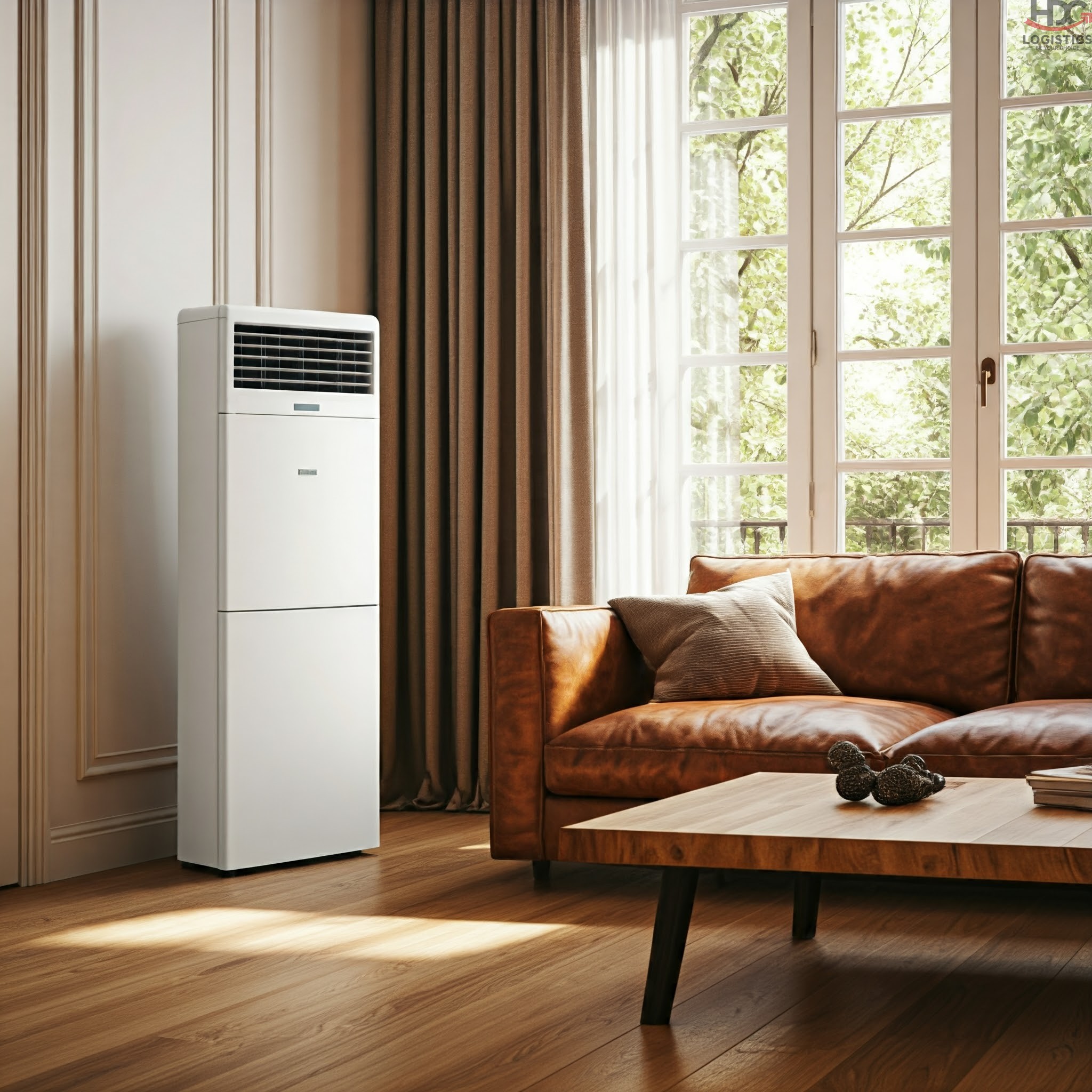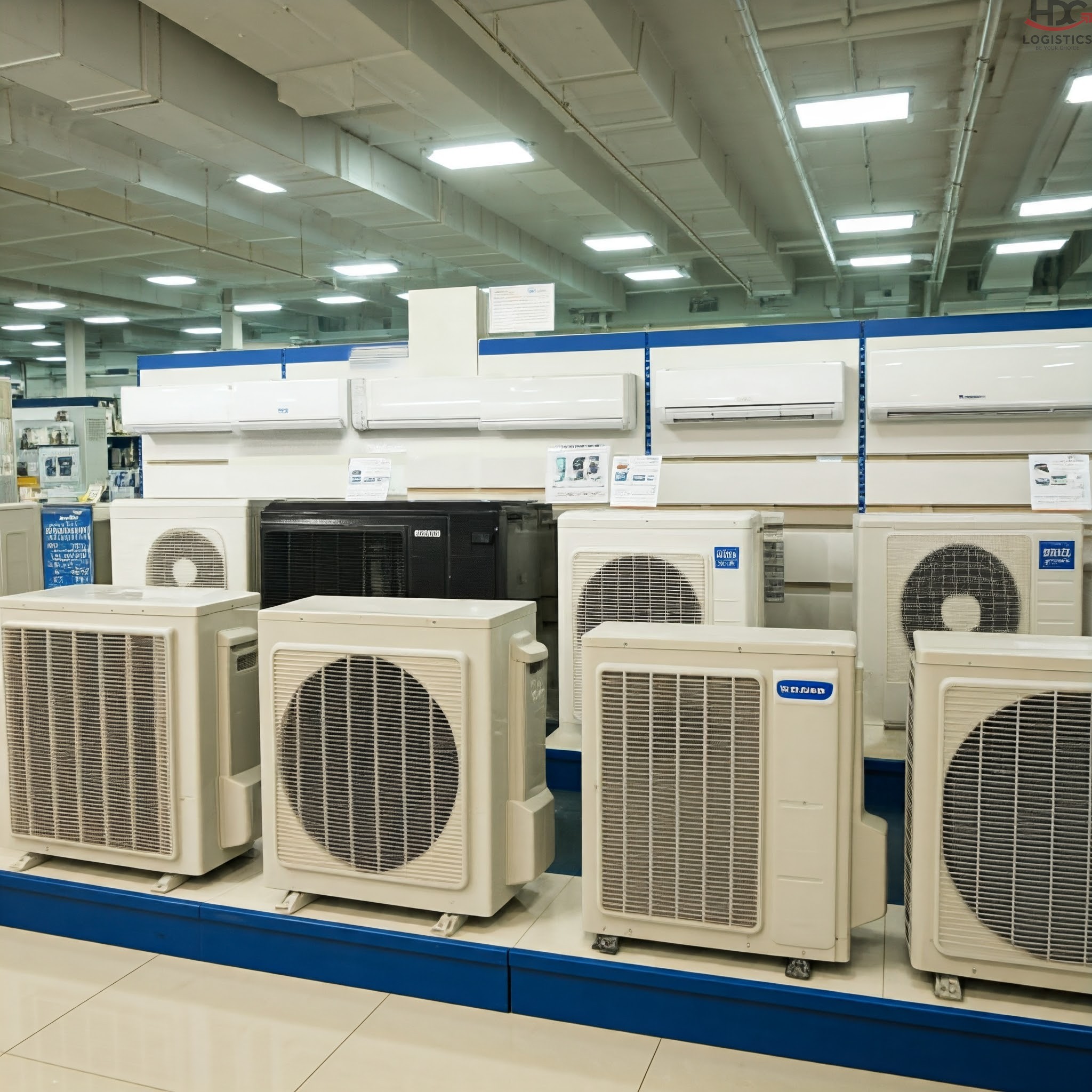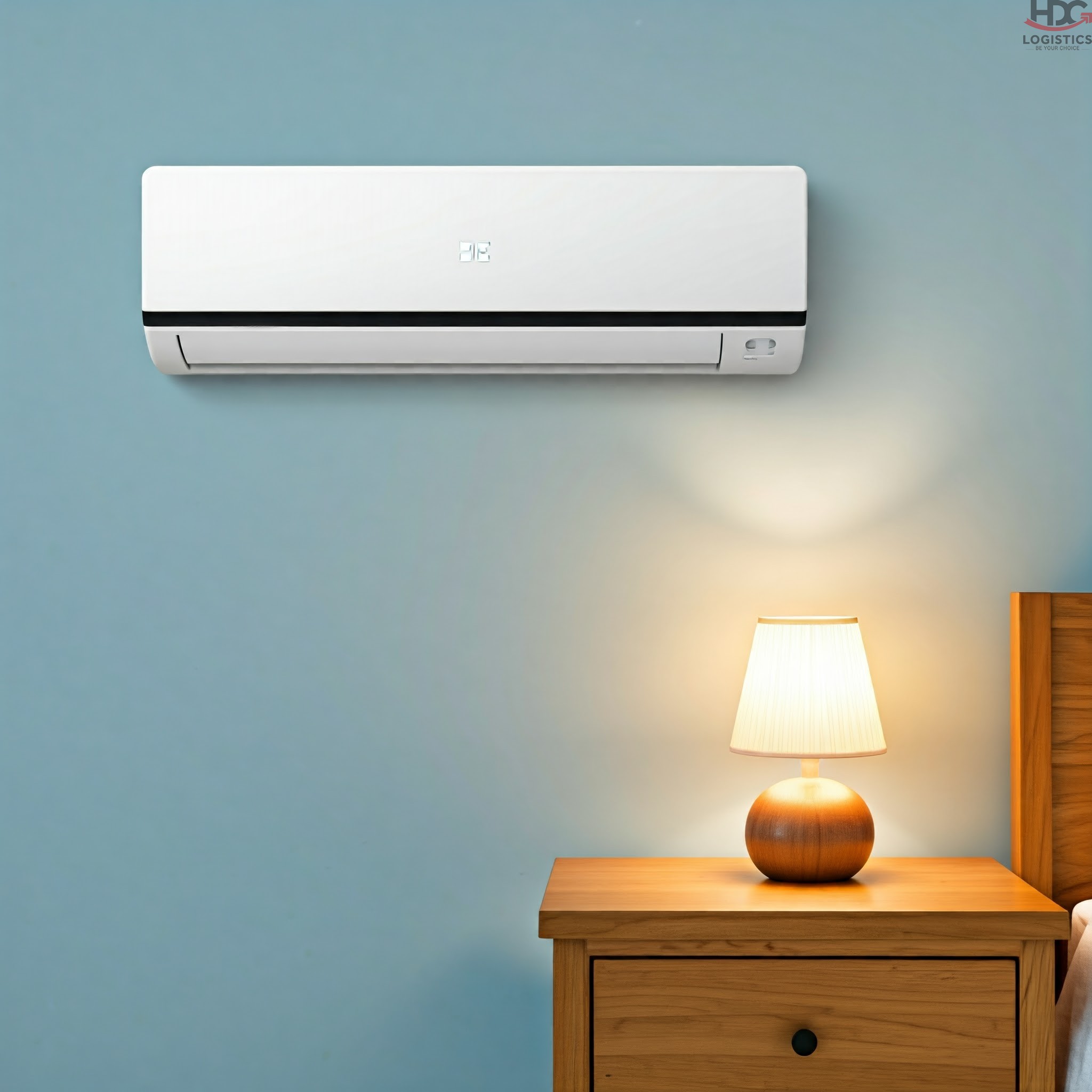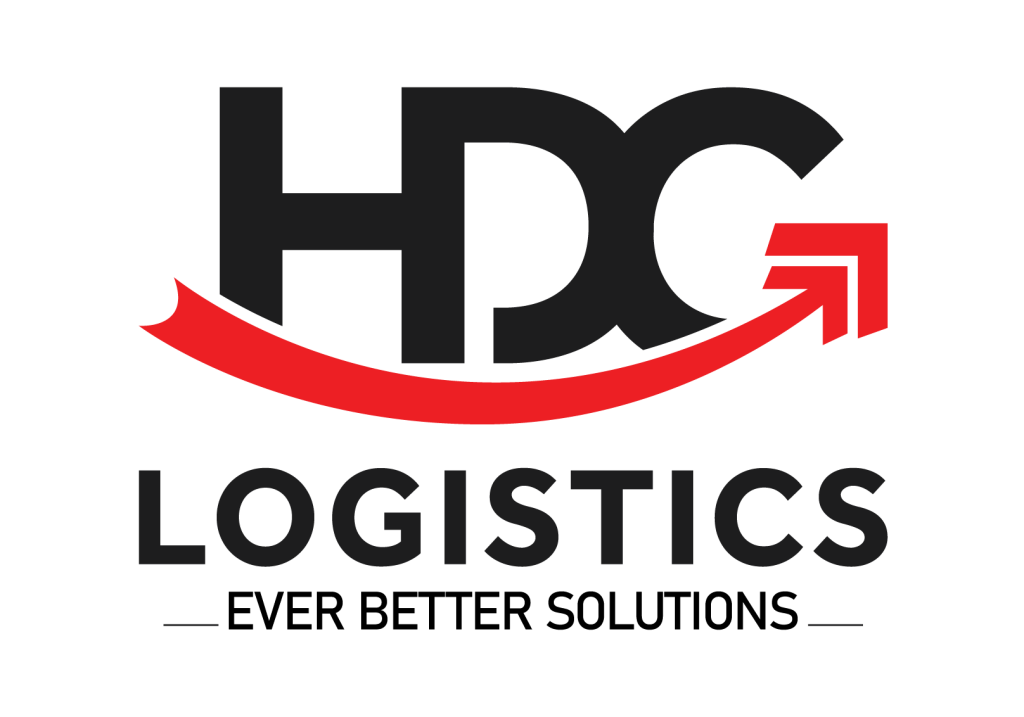If you are interested in importing air conditioners for business in Vietnam, you need to understand the current import tax rates. Are there import tax incentives for this item? What is the process and procedures for importing air conditioners? These are important pieces of information that need to be clarified.

Air conditioners, also known as air conditioners, are an indispensable device in modern life, especially in areas with tropical climates such as Vietnam. With its fast cooling, energy saving, and increasingly sophisticated design, air conditioners have become an important part of improving people’s quality of life.
In recent years, Inverter technology has become a popular feature in new air conditioner models. This technology not only saves power but also minimizes noise and increases the life of the machine. Famous brands such as Casper, Panasonic, Daikin, and Sharp have all applied Inverter technology to their products, bringing optimal efficiency and convenience to consumers.
Import policy of air conditioners
To understand the import policy applied to air conditioners, it should be noted that new air conditioners are not on the list of goods prohibited from importing, however, used air conditioners are prohibited from importing. It is necessary to refer to legal documents including the VAT Law,…
According to regulatory documents, when importing air conditioners, it is necessary to carry out quality inspection of imported goods according to Decision No. 3810/QD-BKHCN and energy labeling according to Decision No. 04/2017/QD-TTg.
HS Code and Import Tax Rate
HS (Harmonized System) code is an international string of numbers used to classify items, helping to determine the tax rate when importing. Determining the correct HS code is extremely important in the import process because it has a direct impact on import taxes and related regulations.
| HS Code | Describe | VAT (%) | Preferential import tax (%) | Normal Import Tax (%) |
| 8415 | Air conditioners, including a fan powered by a motor and parts that change temperature and humidity, including those that do not regulate humidity separately | |||
| 841510 | – Type of design for installation in windows, walls, ceilings or floors, single-block type (installed in the same housing, one unit) or “multi-functional block system” (hot unit, separate cold unit): | |||
| 84151020 | – – Cooling capacity not exceeding 21.10 kW | 10% | 30% | 45% |
| 84151030 | – – Cooling capacity over 21.10 kW but not exceeding 26.38 kW | 10% | 30% | 45% |
| 84151090 | – – Others | 10% | 20% | 30% |
| – Others: | ||||
| 841581 | – – Enclosed with a refrigeration element and a hot/cold cycle reversing valve (heat pump with reversing): | |||
| – – – Other types: | ||||
| – – – – Other types: | ||||
| 84158197 | – – – – – – Cooling capacity not exceeding 21.10 kW | 10% | 25% | 37.5% |
| 84158198 | – – – – – – Cooling capacity above 21.10 kW but not exceeding 26.38 kW | 10% | 25% | 37.5% |
| 84158199 | – – – – – Other | 10% | 20% | 30% |
| 841582 | – – Other, with refrigeration unit: | |||
| – – – Other types: | ||||
| 84158291 | – – – – – Cooling capacity not exceeding 26.38 kW | 10% | 27% | 40.5% |
| 84158299 | – – – – Other | 10% | 15% | 22.5% |
Air Conditioner Energy Labeling and Quality Inspection Process
According to Circular 3810/QD-BKHCN, air conditioners are a compulsory item that must be checked for quality and labeled before being put on the market. The following is the process of quality inspection and energy labeling when carrying out procedures for importing air conditioners.

Quality inspection process for imported air conditioners
Create an account and register a profile
Enterprises access the National Single Window Portal (VNSW) at https://vnsw.gov.vn, they create an account and register for quality inspection records. During the registration process, you need to select the Sub-Department of Standards, Metrology and Quality as the unit receiving the dossier and a sample inspection unit licensed by the Ministry of Science and Technology
Sampling and Quality Inspection
Once the business receives the filing number, your goods can be cleared. The inspection sample will be taken directly at the port or warehouse of your business. Generally, your test results will be notified within 2-3 business days.
Get test results and upload results to the national one-stop shop
The importer or sample inspection unit will be responsible for uploading the results to the VNSW system. Based on this result, the Sub-Department of Standards, Metrology and Quality will make a decision to approve or reject your application.
Registration process for energy labeling of imported air conditioners
According to the Prime Minister’s Decision No. 04/2017/QD-TTg promulgated: Stipulating the list of equipment and means subject to energy labeling, applying the minimum energy efficiency level and implementation roadmap, air conditioner items belonging to the group of goods subject to energy labeling
There are two ways to register for energy labeling for imported air conditioners: Businesses can send dossiers directly to the Ministry of Industry and Trade or you can register online through the Ministry of Industry and Trade’s electronic public information system.
Prepare your profile and create an account
An application for energy labeling includes: Registration certificate, test results for each product model (provided by the designated testing organization) and a sample of the expected energy label. You need to create an account on the public information system of the Ministry of Industry and Trade at https://dichvucong.moit.gov.vn/ address. After your business has an account and prepared all the necessary documents. Your business registers online on the system and attaches relevant documents according to the instructions.
Waiting for the approval result
The Ministry of Industry and Trade will review and approve your application. After the application is approved, you can use this result to complete the procedures for importing air conditioners

The process of importing air conditioners into Vietnam
The process of carrying out procedures for importing air conditioners is similar to other common items, specified in Circular 38/2015/TT-BTC dated 25/3/2015, amended and supplemented by Circular 39/2018/TT-BTC dated 20/04/2018.
Declaration of customs declaration
After having all the necessary documents and determining the HS code of the air conditioner, businesses can enter the declaration information into the customs system through the software.
Open a customs declaration
Once you have completed your declaration, the customs system will return the results of the declaration channeling. Depending on the results of channeling (green, yellow, red), the enterprise prints the declaration and brings the import dossier to the customs sub-department to open the declaration.
Customs clearance
After checking the dossier and if there are no problems, the customs officer will accept the customs clearance. The business can then pay import taxes and carry out customs clearance of goods.
Transporting goods to storage and use warehouses
When the customs declaration of the enterprise has been cleared by the customs sub-department, the enterprise shall liquidate the declaration and carry out the necessary procedures to bring the goods to the warehouse.
Above is a detailed article about the procedure for importing air conditioners that hdglog.vn shared. If you have any questions, please contact us directly for answers



 Tiếng Việt
Tiếng Việt 日本語
日本語 中文 (中国)
中文 (中国)

